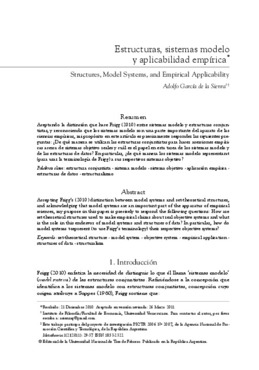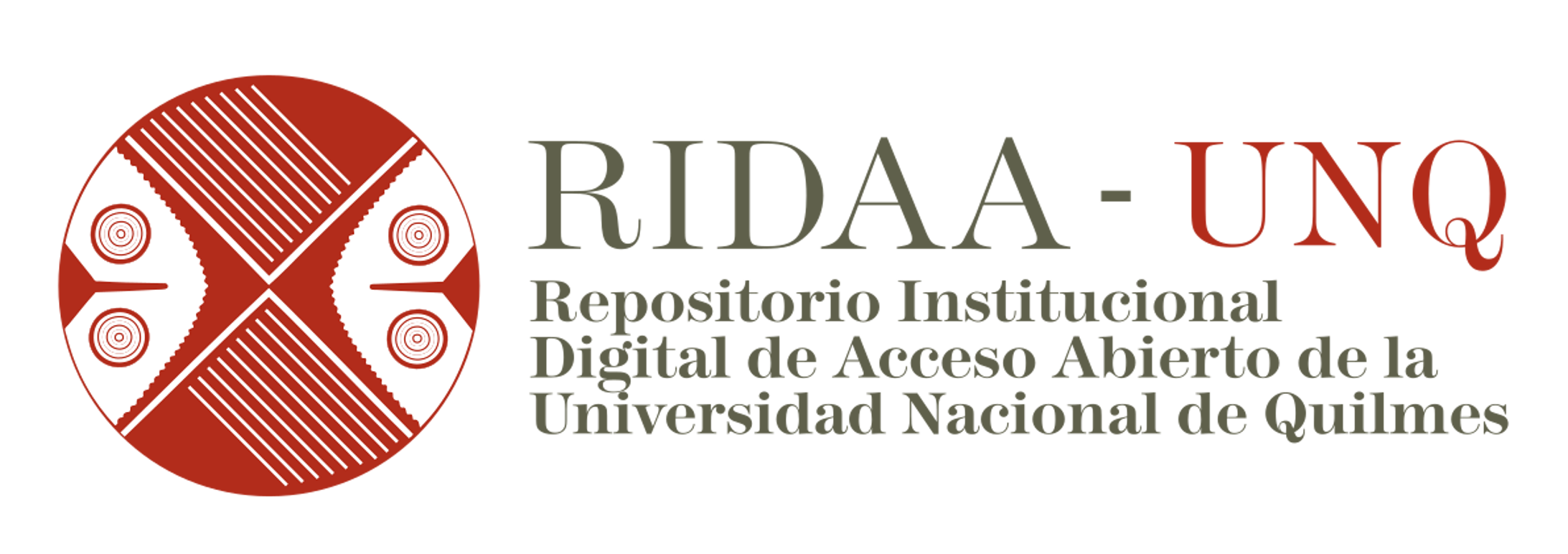Estructuras, sistemas modelo y aplicabilidad empírica

Ver/
Fecha
2010-10Autor
García de la Sienra, AdolfoResumen
Aceptando la distinción que hace Frigg (2010) entre sistemas modelo y estructuras conjuntistas, y reconociendo que los sistemas modelo son una parte importante del aparato de las ciencias empíricas, mi propósito en este artículo es precisamente responder las siguientes preguntas: ¿De qué manera se utilizan las estructuras conjuntistaspara hacer aserciones empíricas acerca de sistemas objetivo reales y cuál es el papel en esta tarea de los sistemas modelo y de las estructuras de datos? En particular, ¿de qué manera los sistemas modelo representan-t (para usar la terminología de Frigg) a sus respectivos sistemas objetivo? Accepting Frigg's (2010) distinction between model systems and set-theoretical structures, and acknowledging that model systems are an important part of the apparatus of empirical sciences, my purpose in this paper is precisely to respond the following questions: How are set-theoretical structures used to make empirical claims about real objective systems and what is the role in this endeavor of model systems and structures of data? In particular, how do model systems t-represent (to use Frigg's terminology) their respective objective systems?
